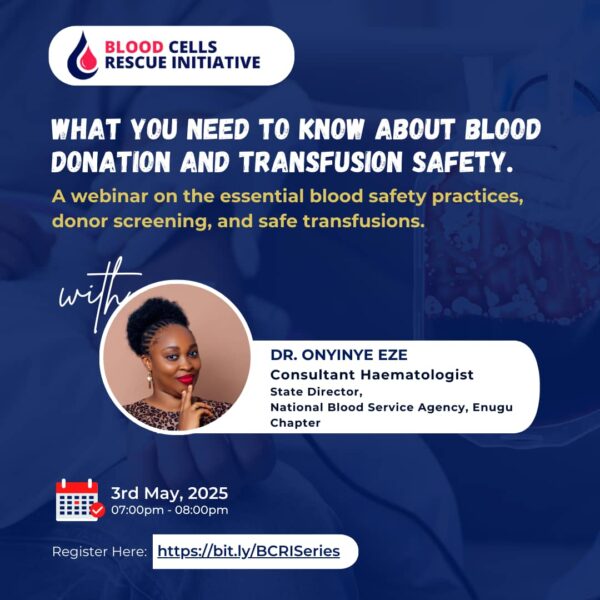Blood is a vital fluid in the human body that performs essential functions such as transporting oxygen and nutrients, removing waste, and defending against infections. It consists of four main components:
1. Plasma (55% of blood volume)
It is a yellowish fluid that makes up most of the blood, it is composed mainly of water (about 90%), proteins, hormones, electrolytes, and waste products.
Functions:
- Transports nutrients, hormones, and waste.
- Maintains blood pressure and volume.
- It helps in clotting (contains clotting factors like fibrinogen).
2. Red Blood Cells (Erythrocytes) (40-45% of blood volume)
It is a disc-shaped cells containing hemoglobin, it is produced in the bone marrow and have a lifespan of about 120 days.
Function:
- Transport oxygen from the lungs to body tissues.
- Carry carbon dioxide back to the lungs for exhalation.
3. White Blood Cells (Leukocytes) (Less than 1% of blood volume)
White blood cells defend the body against infections and foreign invaders.
Types of white blood cells:
Neutrophils: It fights bacterial and fungal infections.
Lymphocytes: It include B-cells (produce antibodies) and T-cells (attack infected cells).
Monocytes: It helps remove dead cells and fight infections.
Eosinophils: It combat parasites and are involved in allergic reactions.
Basophils: It release histamine in allergic responses.
4. Platelets (Thrombocytes) (Less than 1% of blood volume)
It is a small cell fragments essential for blood clotting, it prevent excessive bleeding by forming blood clots at injury sites.
Blood Donation
Blood donation is a voluntary act of giving blood to help individuals in need, such as accident victims, surgical patients, and those with medical conditions like anemia or cancer. It is a safe and life-saving practice that plays a crucial role in healthcare.
Types of Blood Donation
1. Whole Blood Donation
This is the most common type of blood donation it includes all blood components (red blood cells, white blood cells, platelets, and plasma), can be donated once every three(3) month for male and once every four (4) months for female.
2. Donation (Plasmapheresis)
Only plasma is collected, other components are returned to the donor, it is use for patients with clotting disorders, burns, and immune deficiencies, can be donated every 28 days.
3. Platelet Donation (Plateletpheresis)
Only platelets are collected; other blood components are returned, it is beneficial for cancer patients undergoing chemotherapy and can be donated every 7–14 days (up to 24 times per year).
4. Double Red Cell Donation
It is a specialized process that collects two units of red blood cells while returning plasma and platelets, helps patients with severe blood loss, such as trauma victim and can be donated every 112 days.
Who Can Donate Blood?
A donor must meet the following criteria:
- Age: Usually 18–65 years (varies by country).
- Weight: At least 50 kg (110 lbs).
- Hemoglobin Levels: At least 12.5 g/dL for females and 13.0 g/dL for males.
Good Health: No active infections, recent major surgeries, or chronic illnesses that could affect donation.
Benefits of Blood Donation
Save Lives: A single donation can benefit up to three individuals in need.
Regulate Iron Levels: It helps prevent iron overload, especially for those with excess iron.
Support Heart Health: It helps lower the risk of cardiovascular diseases.
Complimentary Health Screening: Donors receive a free check-up, including infection screening and overall health assessment.
Precautions Before and After Donation
Before Donation:
- Drink plenty of water.
- Eat a nutritious meal (avoid fatty foods).
- Get enough rest.
After Donation:
- Rest for at least 10–15 minutes.
- Stay hydrated and eat iron-rich foods.
- Avoid heavy exercise for 24 hours.



